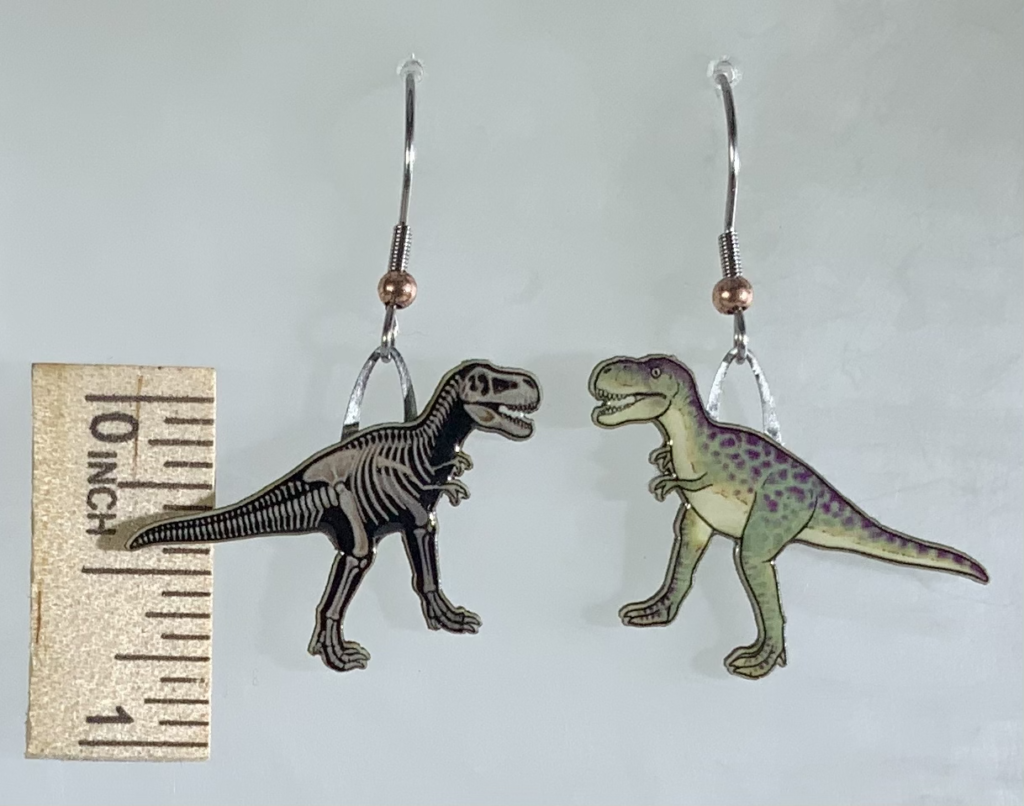
Tyrannosaurus rex “king of the dinosaurs” was one of the largest carnivorous dinosaur during its time.
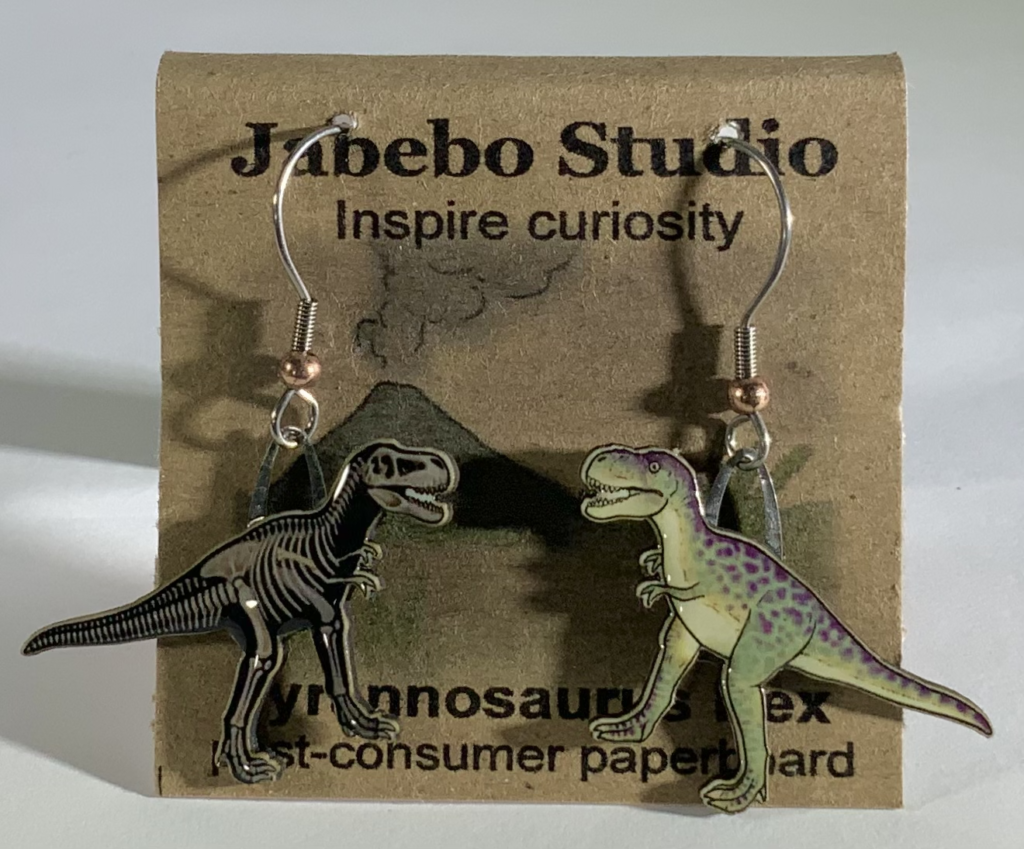
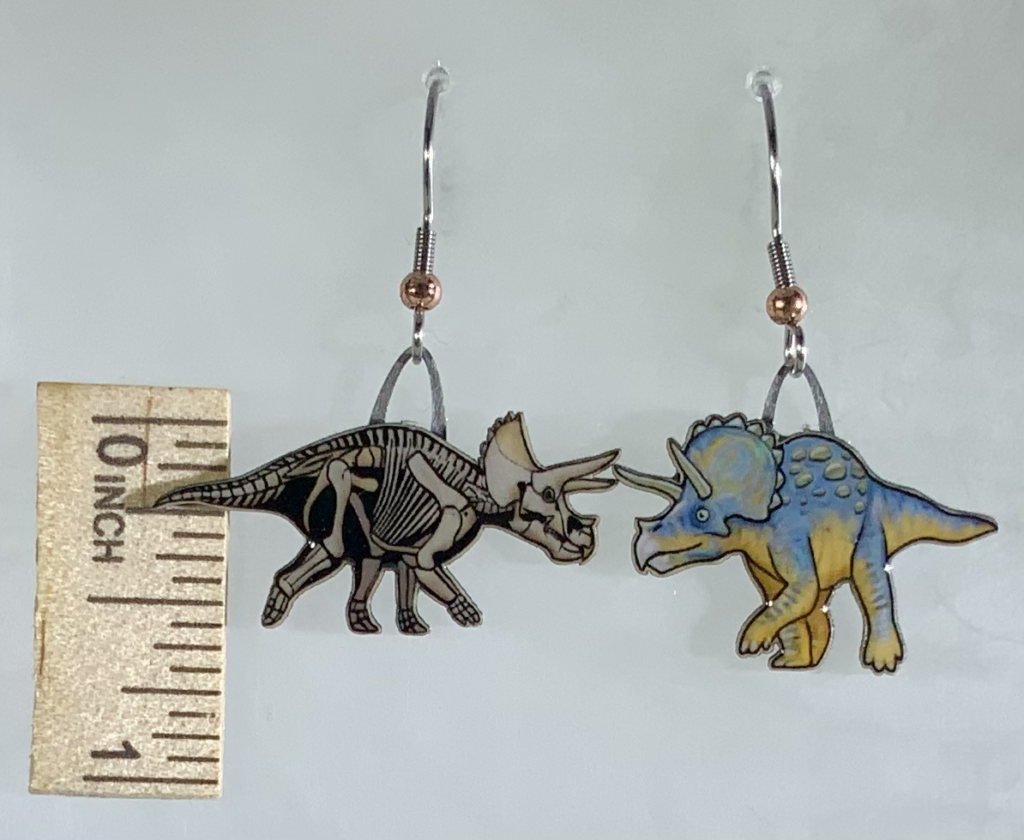
A large herbivorous dinosaur of the late Cretaceous period, 68 million years ago.
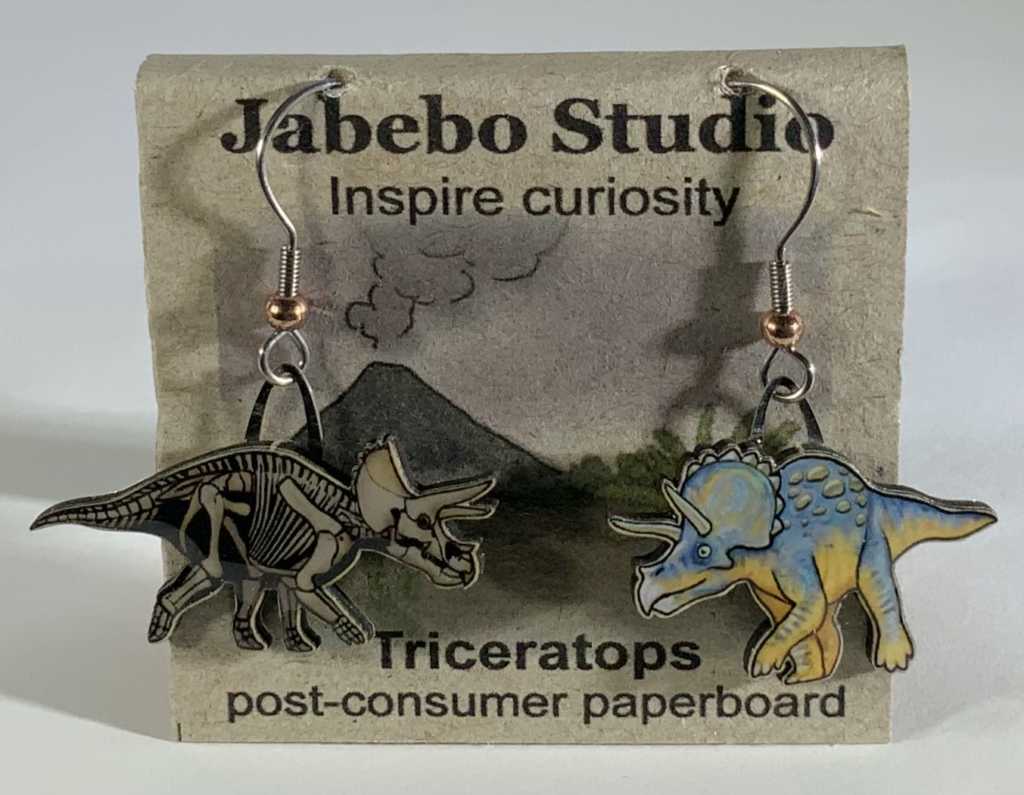
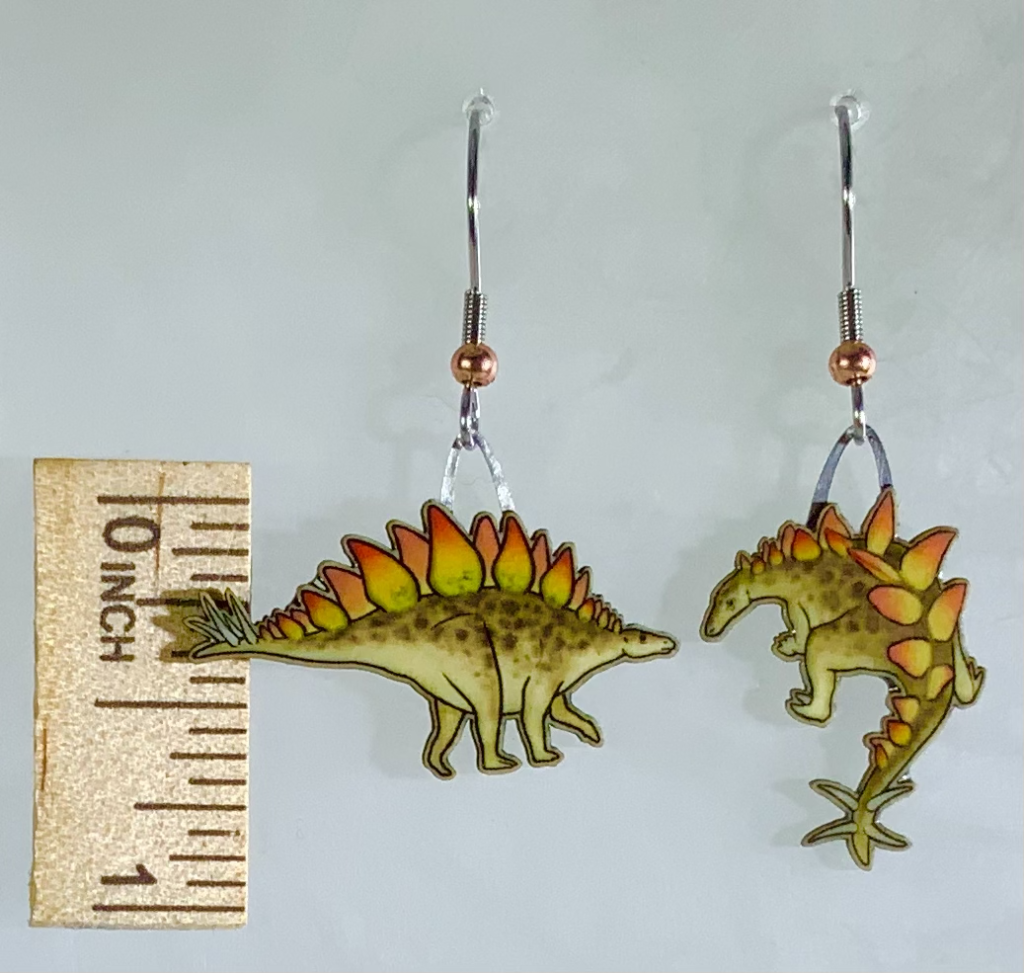
Stegosaurus was a large, plant-eating dinosaur that lived about 150.8 million to 155.7 million years ago. It was about the size of a bus and carried around two rows of bony plates along its back that made it appear even bigger.
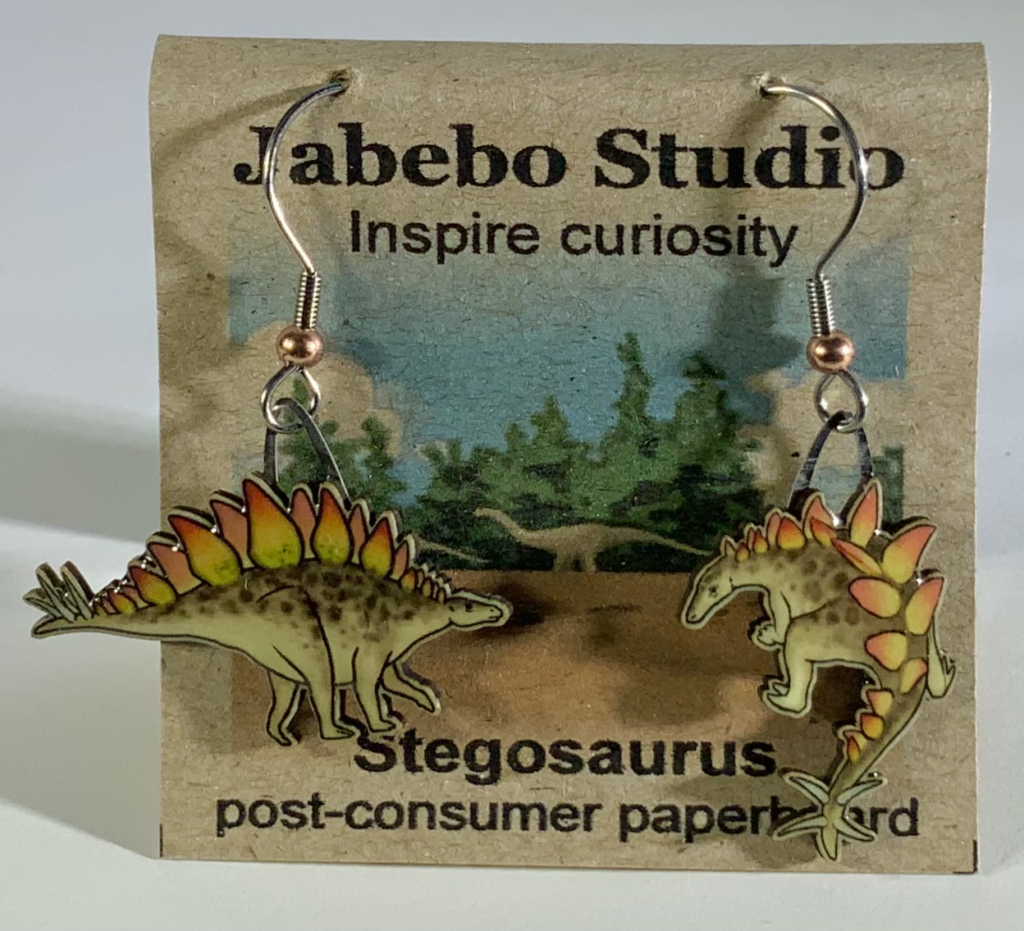
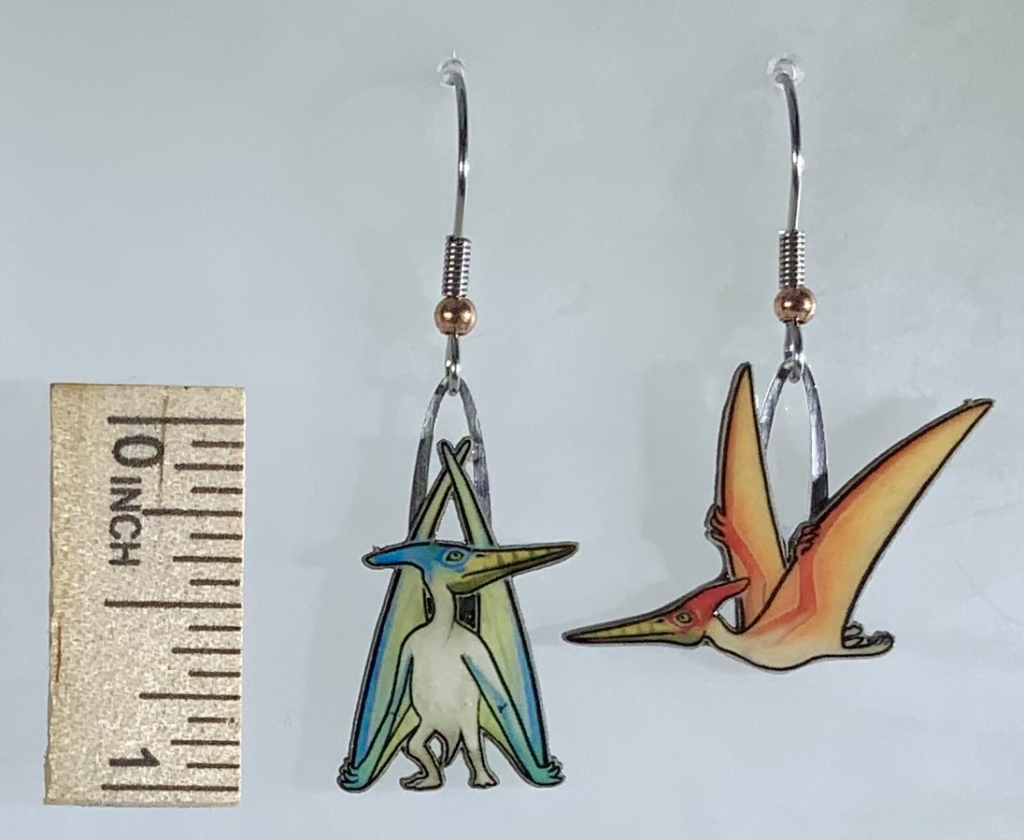
Some of the largest of the flying reptiles were of the Pteranodon genus. They lived during the Cretaceous period about 80 million years ago.
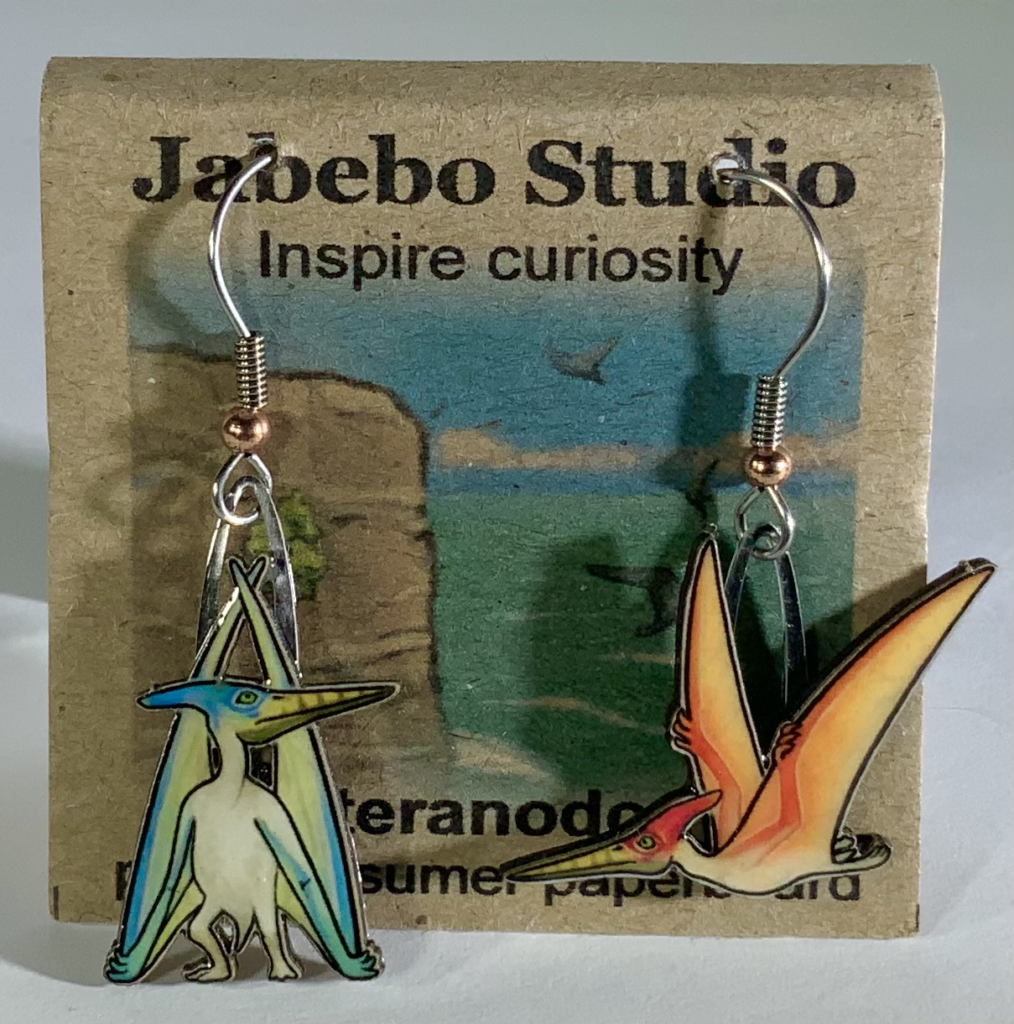
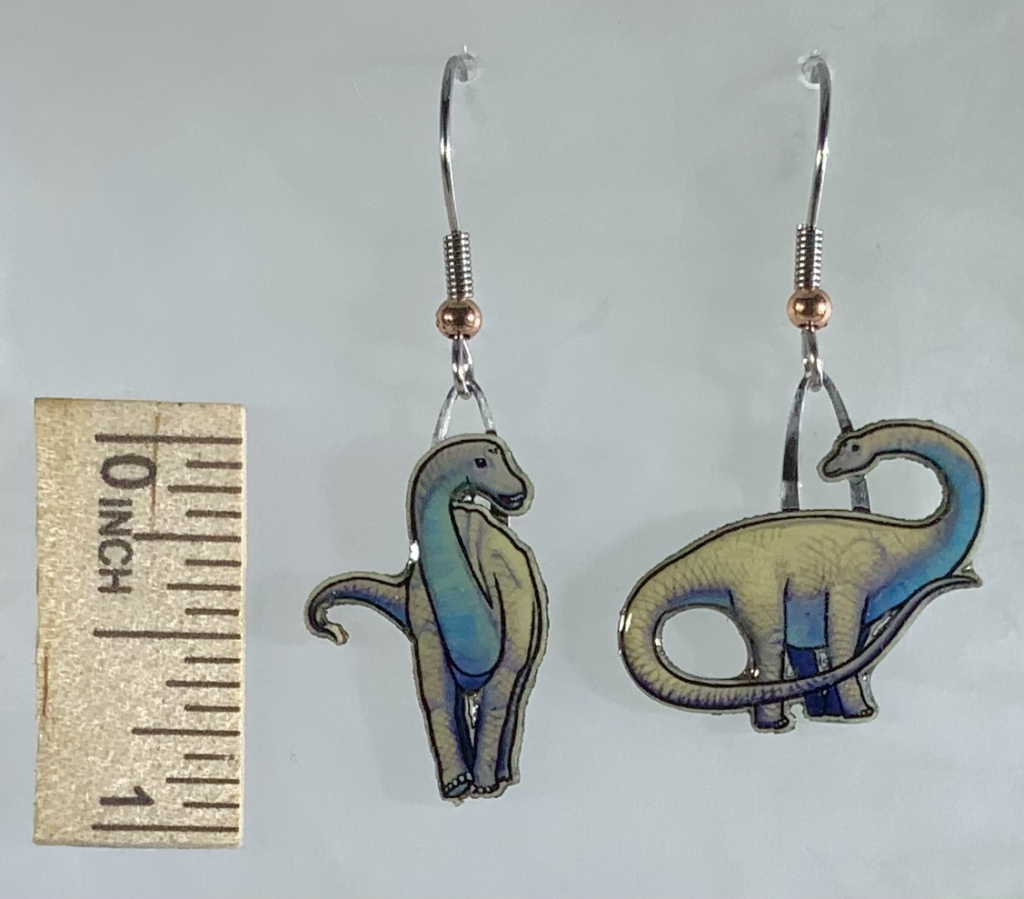
Also known as Brontosaurus, these large sauropod dinosaurs lived throughout what would later become the American west, during the Jurassic period (around 150 million years ago).
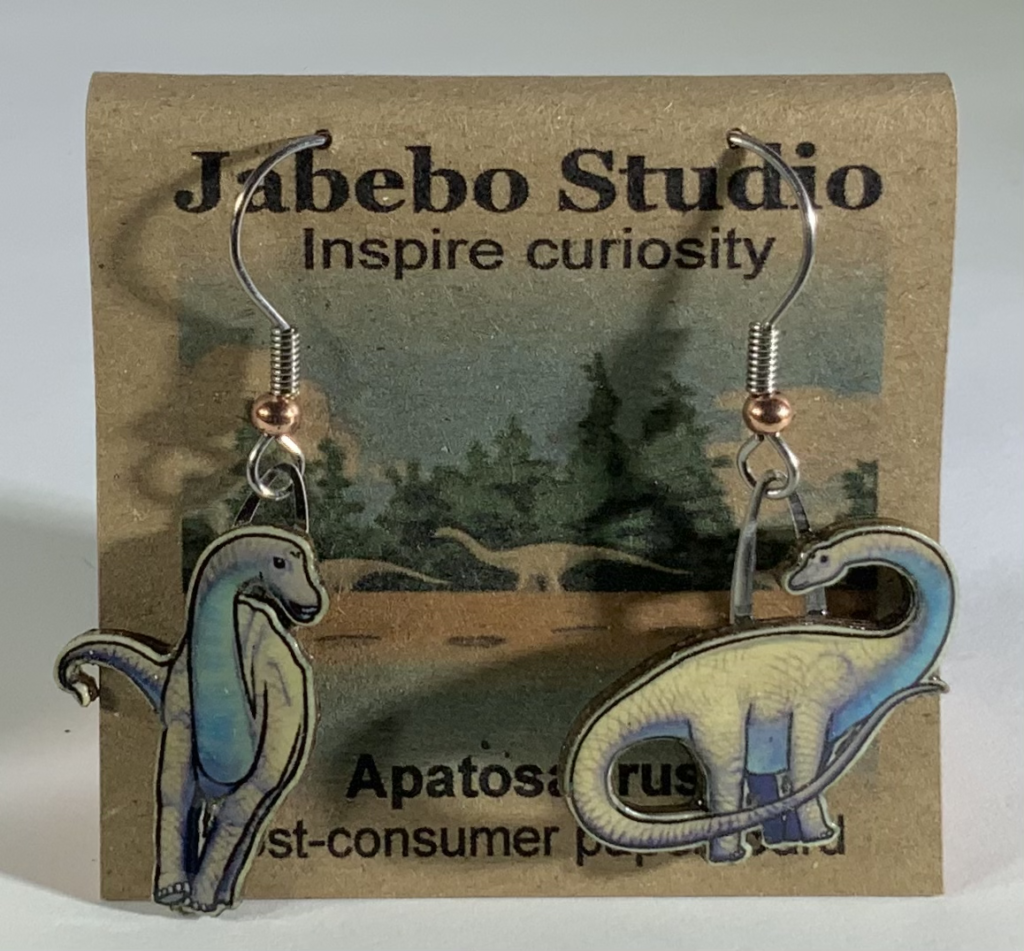
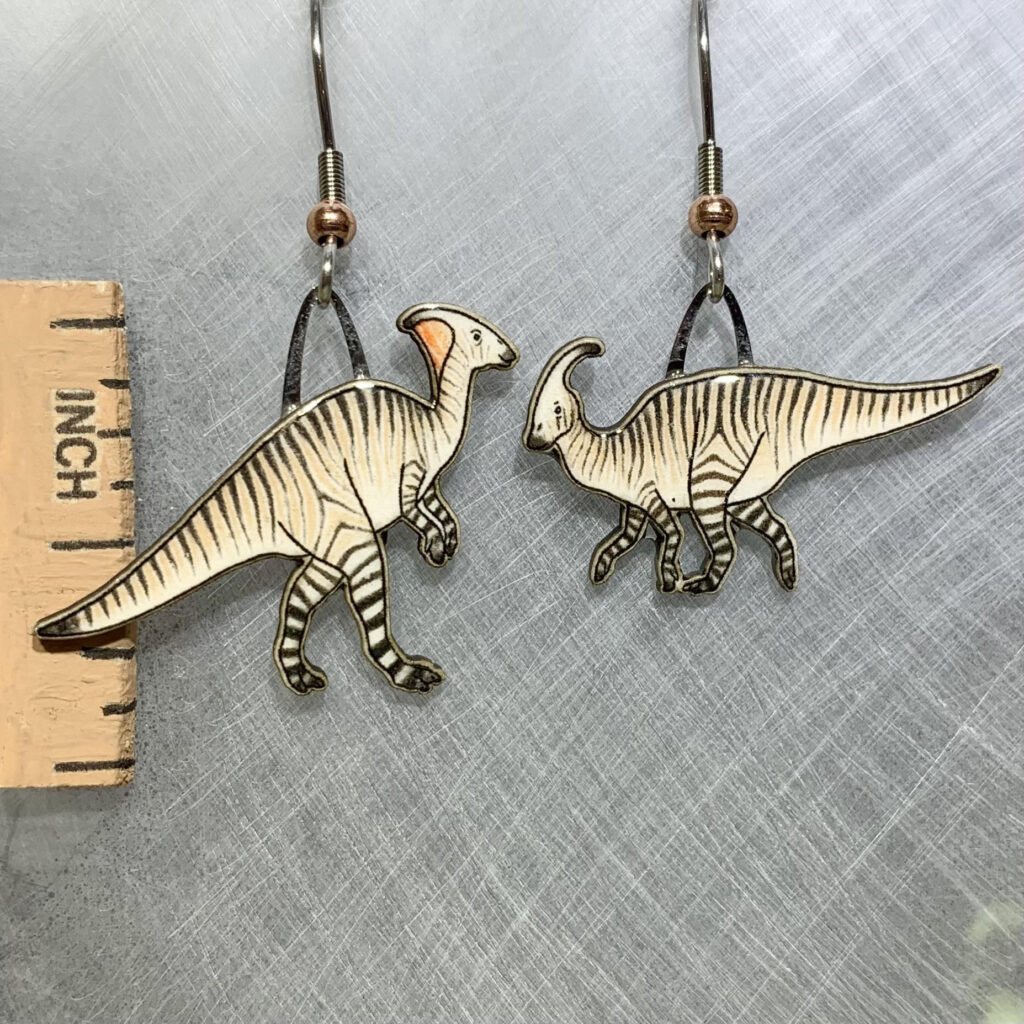
Our Hadrosaur design is inspired by the Parasaurolophus species of the late Cretaceous period. Hadrosaurs, also know as duck-billed dinosaurs, are a diversified group. We imagined our hadrosaur to be a savannah adapted species similar to todays zebra.
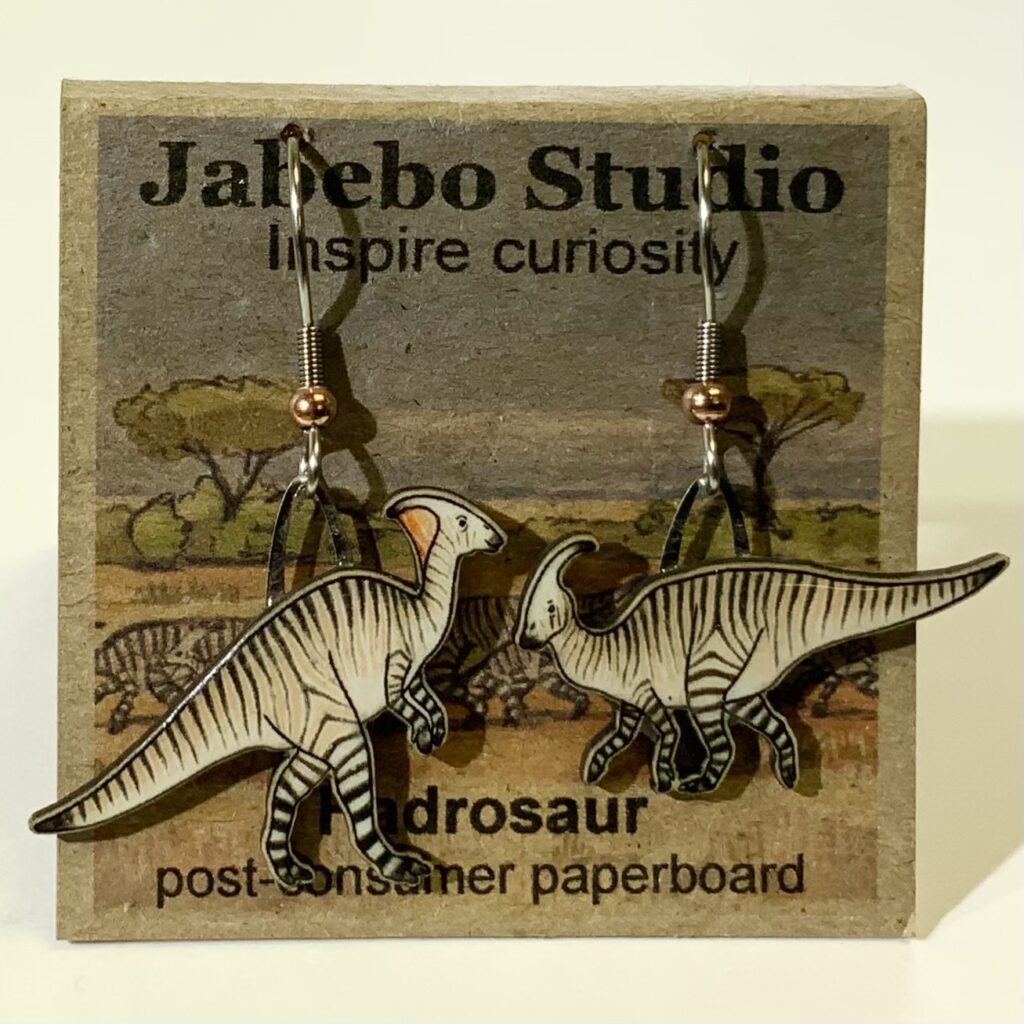
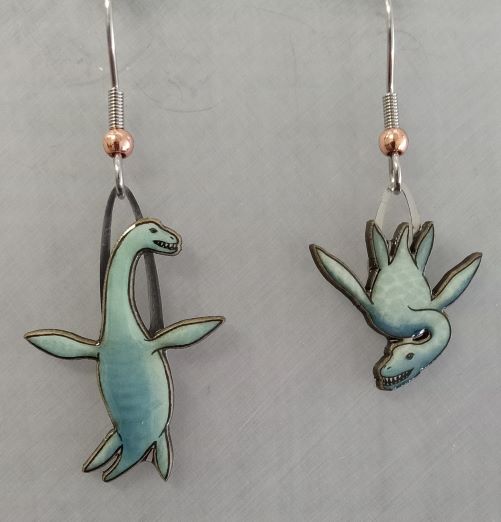
A marine adapted dinosaur known for a long neck and four paddle like appendages for their arms and legs. They lived between 215 and 66 million years ago when many species evolved with varying characteristics such as size and length of their long neck.
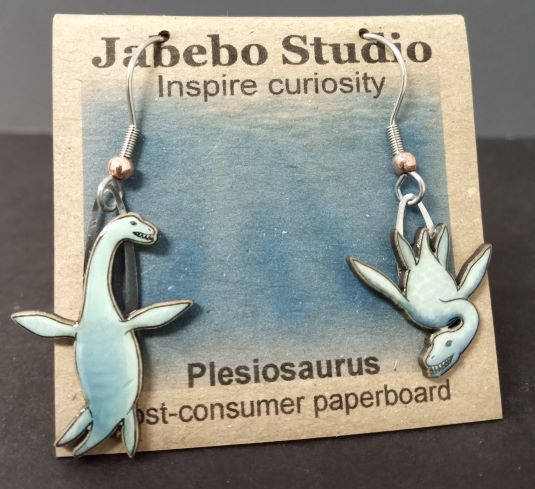
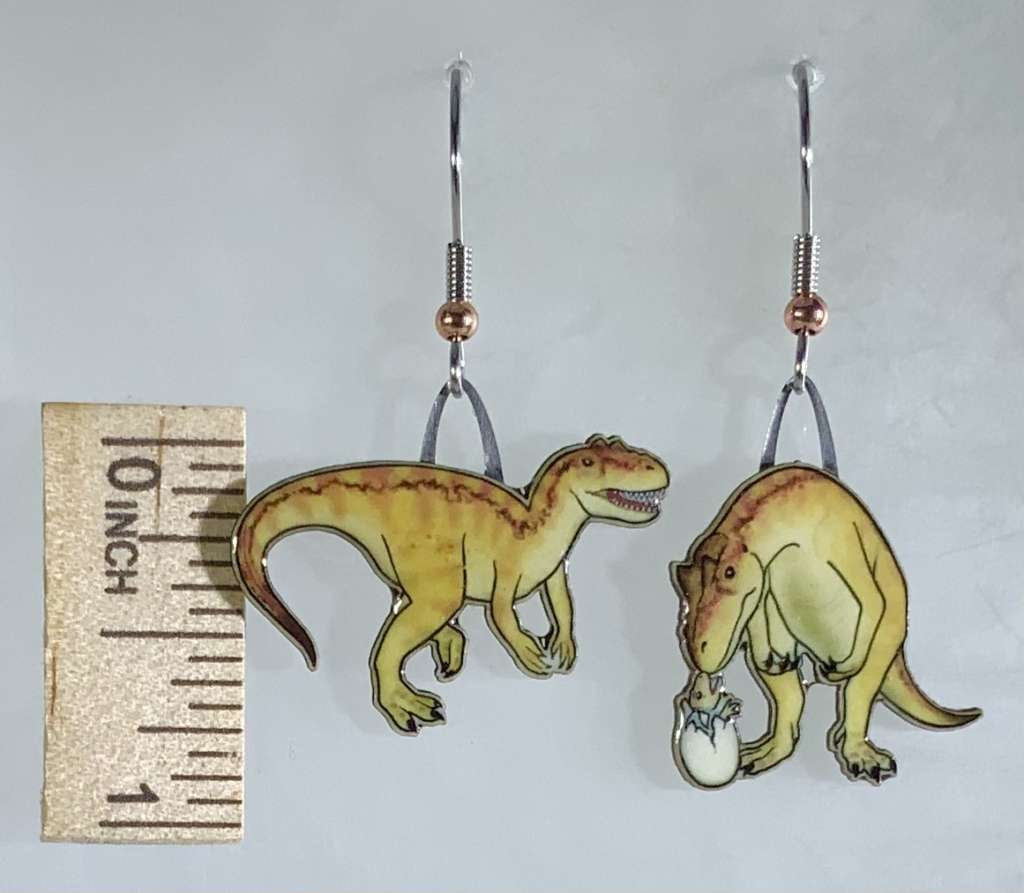
The allosaurus was an apex predictor living 150 million years ago in a period prior to the T. rex. Thus their fossils are not likely to be found in the same location. However it is commonly found in North America and it is the state fossil in Utah.
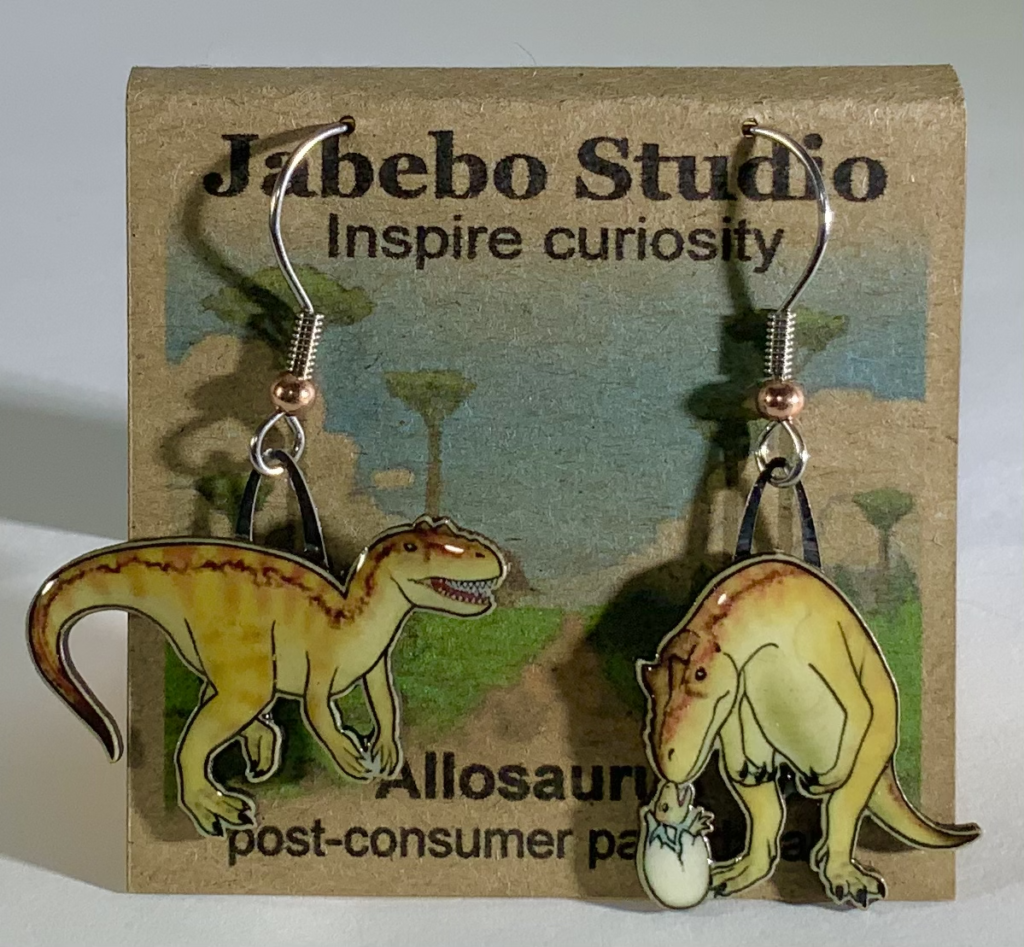
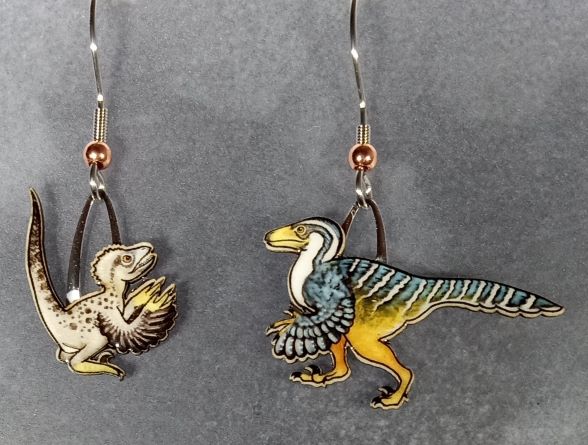
These small to human size dinosaurs have populated our imaginations with notions of lethal viciousness, intelligence, and highly degree cooperative behavior with each other. Regardless their reputation we depicted them as colorful, bird like creatures based on the current scientific thinking. Design by Cecil
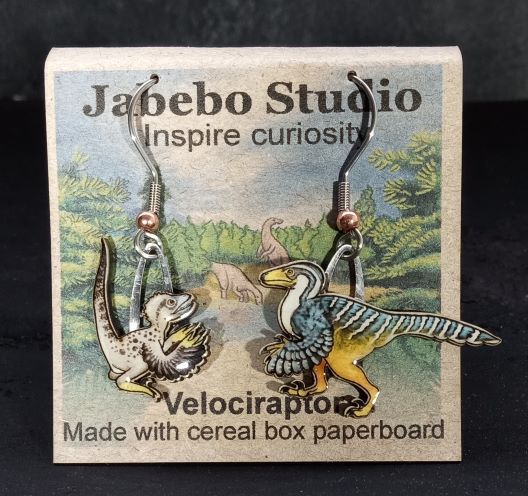
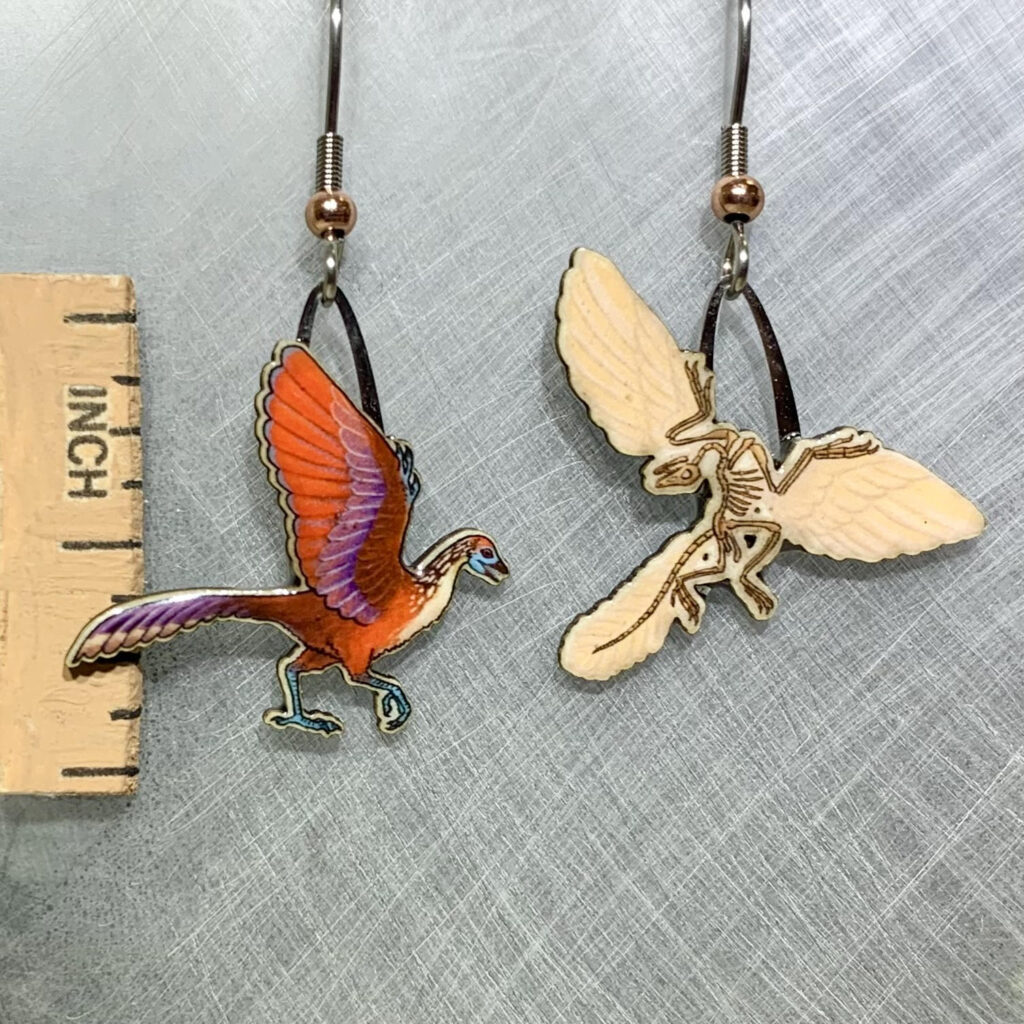
Before modern paleontology informed us that dinosaurs live among us in the form of birds it was Archaeopteryx that created the big controversy about the relationship between dinosaurs and feathers. This transitional fossil first came to light in the mid 1800’s. Design by Kevin.
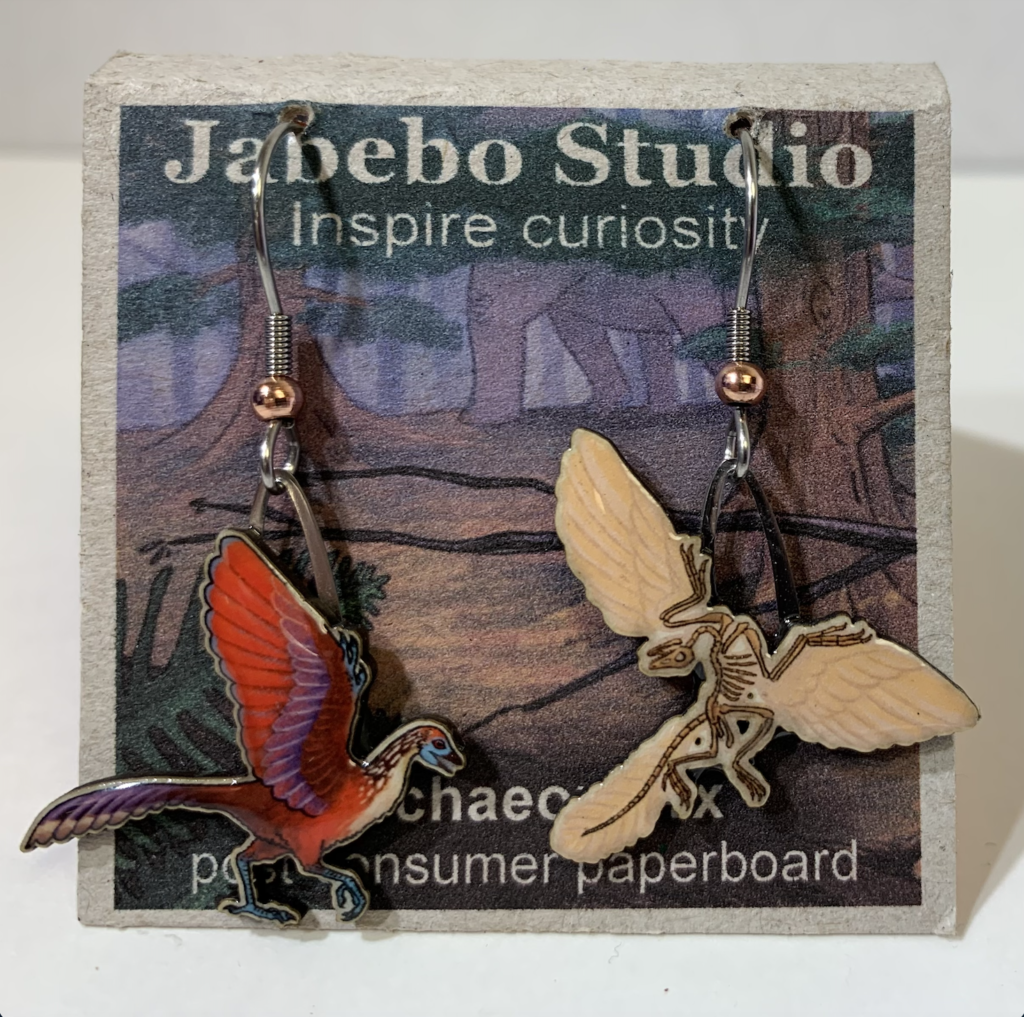
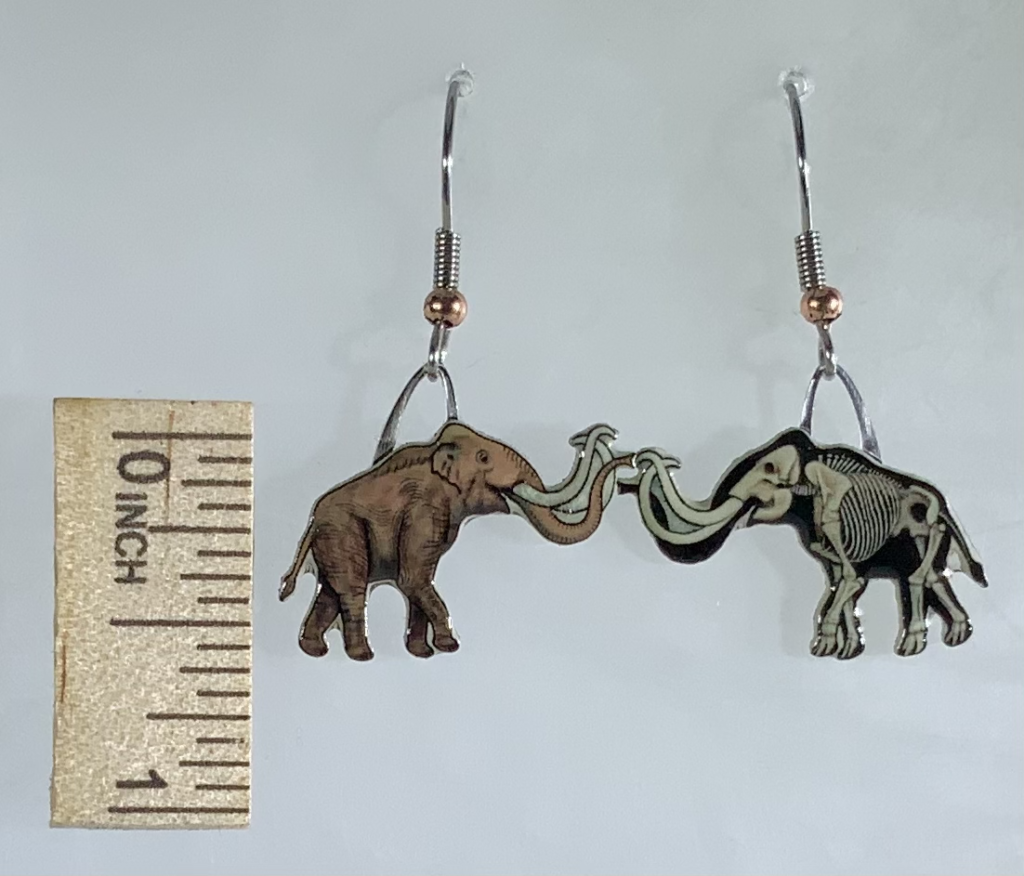
One of the largest mammoths of its time, the Columbian mammoth stood up to 14 feet (over four meters) tall at the shoulder, and possibly weighed- in at a massive 18,000 to 22,000 pounds
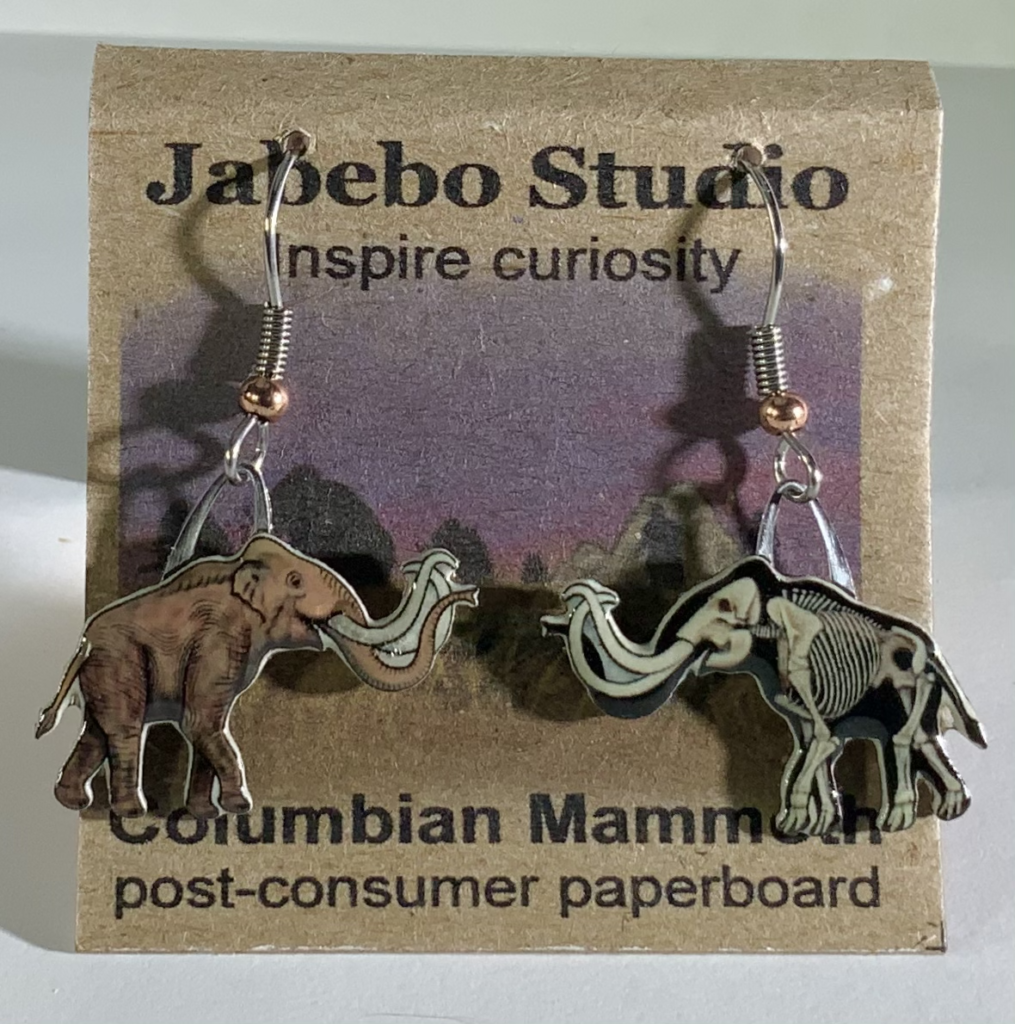
Living Fossils
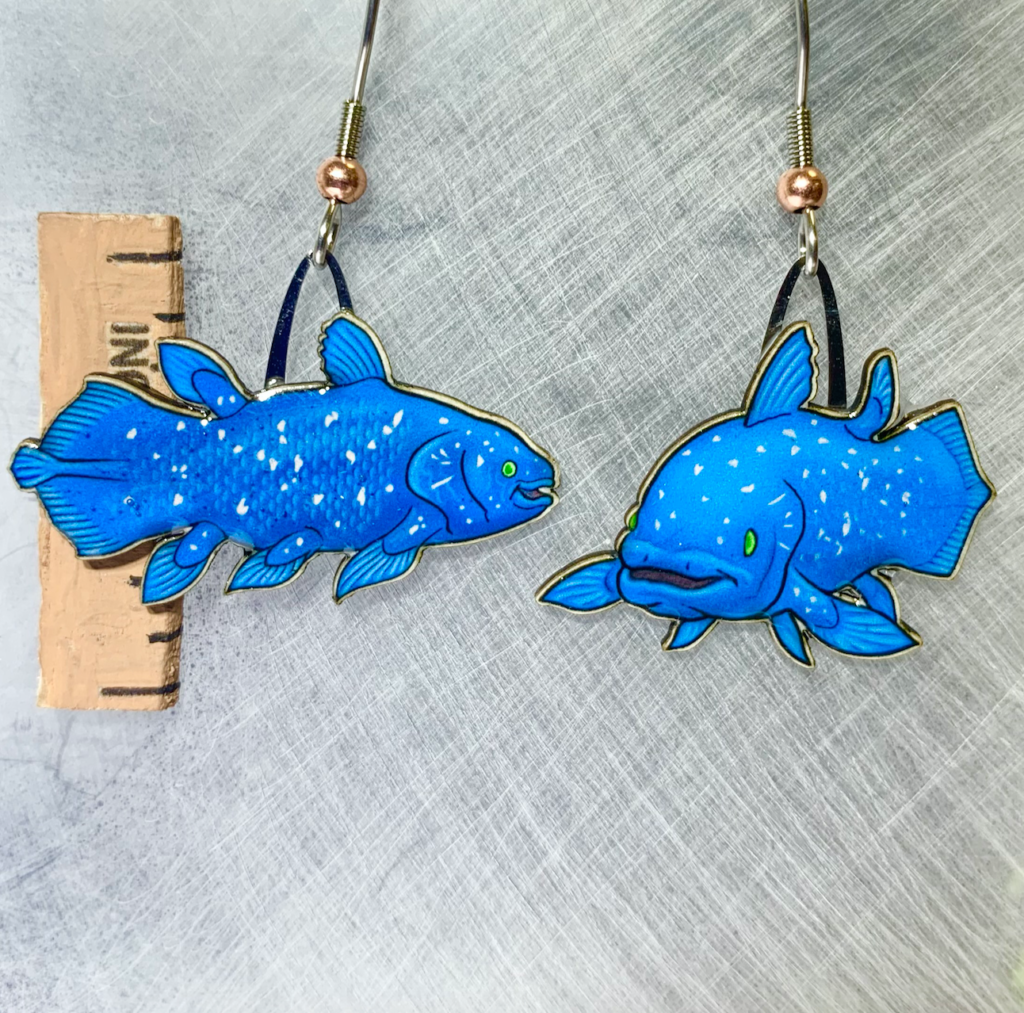
Coelacanths were thought to be extinct until a live one was caught in 1938 and might be important for understanding the transition from water to land.
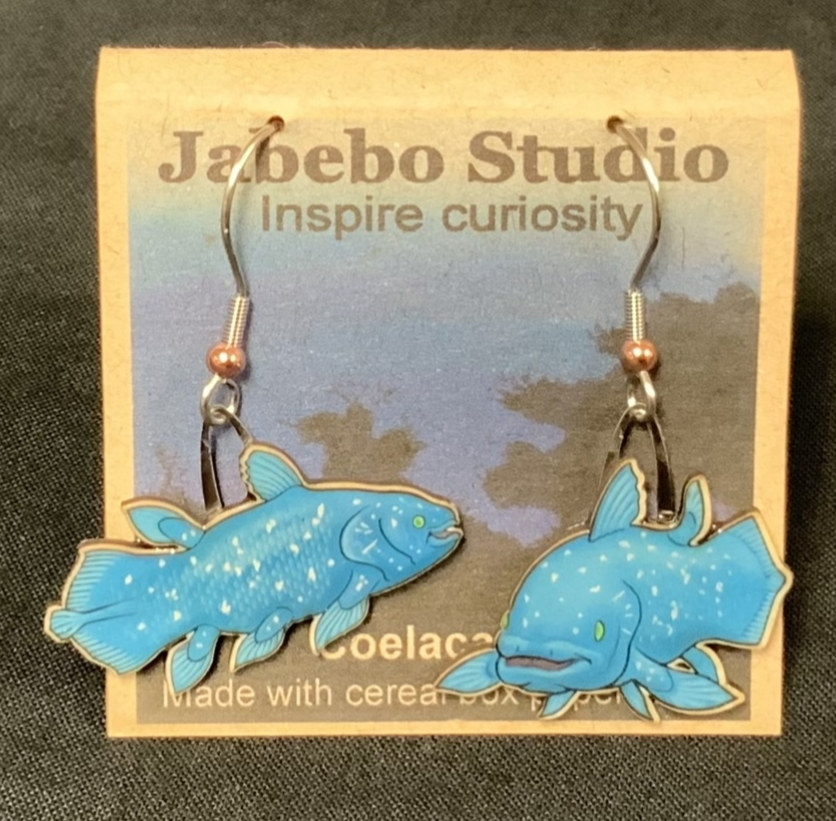
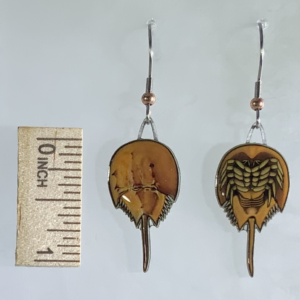
Horseshoe crabs have been around for more than 300 million years, making them even older than dinosaurs. They look like prehistoric crabs, but are actually more closely related to scorpions and spiders.
